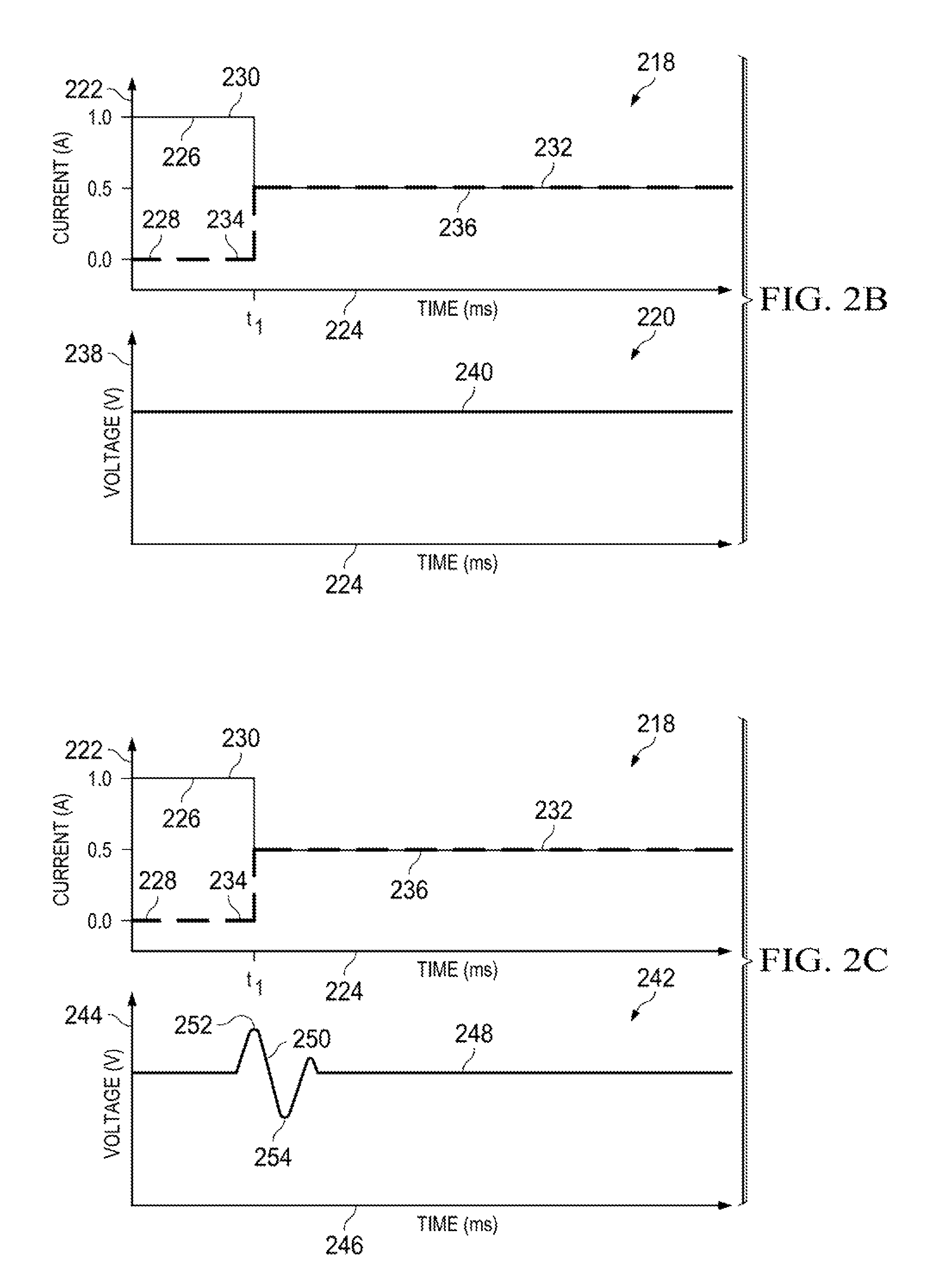System and method for single phase transition for multiphase DCDC converters
a converter and multi-phase technology, applied in the direction of electric variable regulation, process and machine control, instruments, etc., can solve the problems of voltage undershoot, incorrect voltage generation of each power stage, and inability to predict voltage transients, etc., to achieve the effect of minimizing transients
- Summary
- Abstract
- Description
- Claims
- Application Information
AI Technical Summary
Benefits of technology
Problems solved by technology
Method used
Image
Examples
Embodiment Construction
[0070]The present invention provides a system and method for switching between two different transfer modes of a DC-DC converter, while minimizing a transient in the output voltage.
[0071]In accordance with an aspect of the present invention, a DC-DC converter is operable to provide single phase or dual phase power at a constant voltage using two power stages. In single phase mode, an up / down counter is used to turn one power stage on and the second power stage off. In dual phase mode, the up / down counter will turn on the second power stage and increase its current output while concurrently decreasing the current output of the first stage in order to keep the combined current output of both power stages constant.
[0072]The current associated with the output power of one power stage is step-wise increased, whereas the current associated with the output power of another power stage is concurrently and equally step-wise decreased. In other words, the outputs of the two power stages are i...
PUM
 Login to View More
Login to View More Abstract
Description
Claims
Application Information
 Login to View More
Login to View More - R&D
- Intellectual Property
- Life Sciences
- Materials
- Tech Scout
- Unparalleled Data Quality
- Higher Quality Content
- 60% Fewer Hallucinations
Browse by: Latest US Patents, China's latest patents, Technical Efficacy Thesaurus, Application Domain, Technology Topic, Popular Technical Reports.
© 2025 PatSnap. All rights reserved.Legal|Privacy policy|Modern Slavery Act Transparency Statement|Sitemap|About US| Contact US: help@patsnap.com



